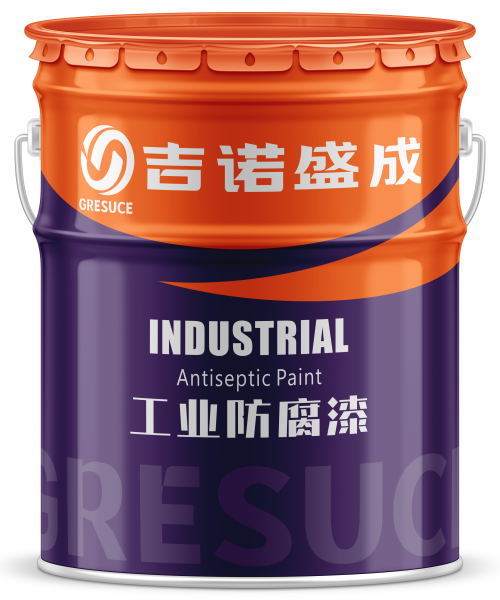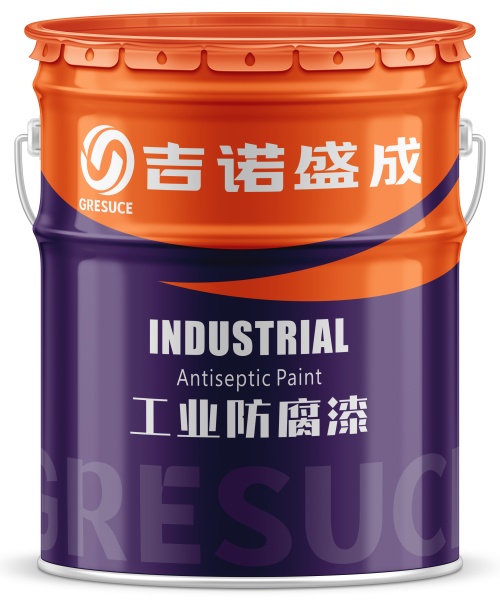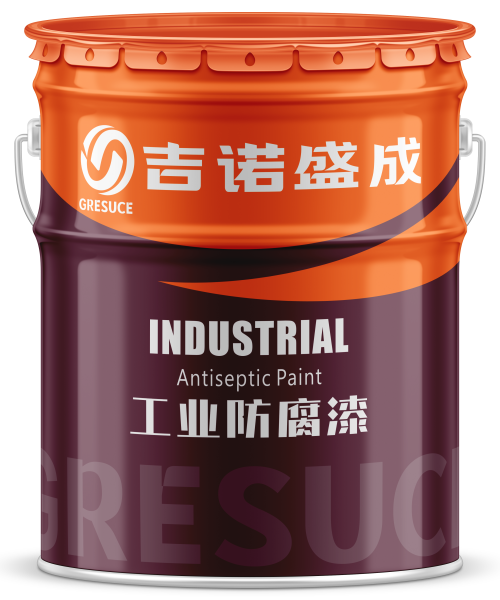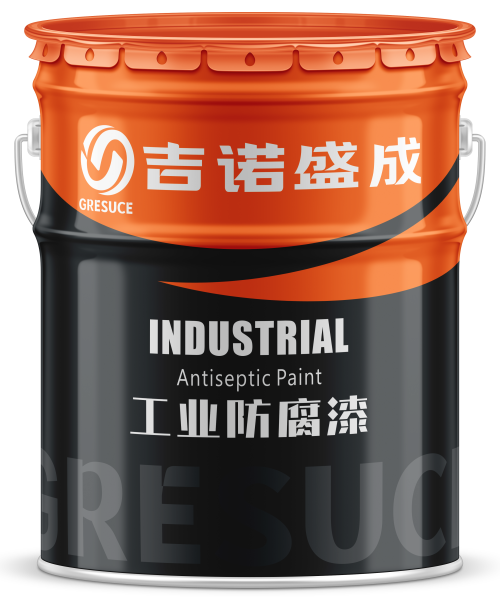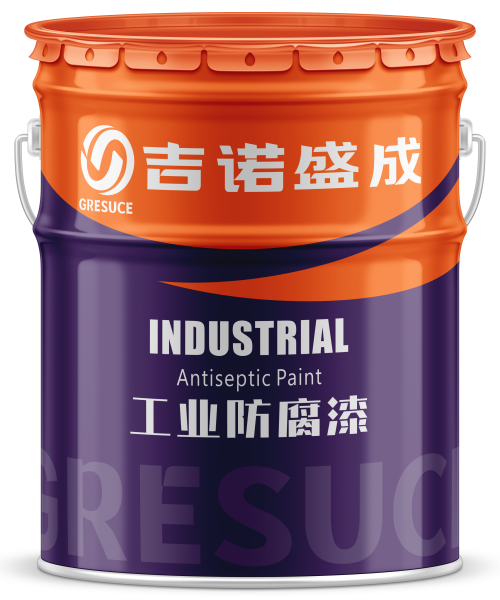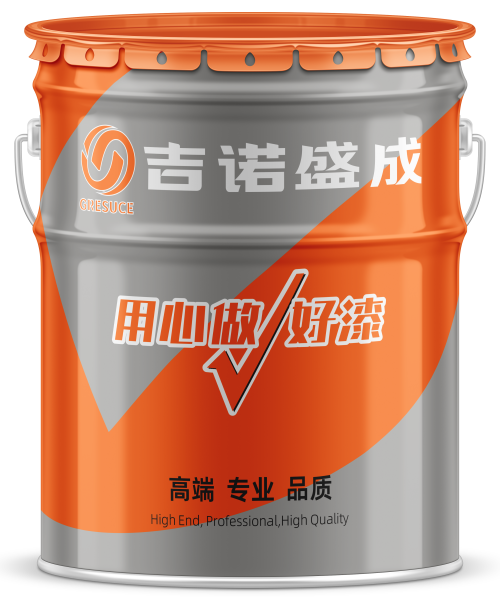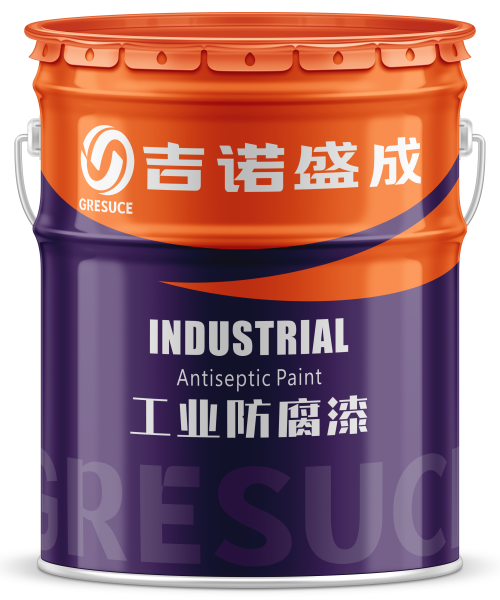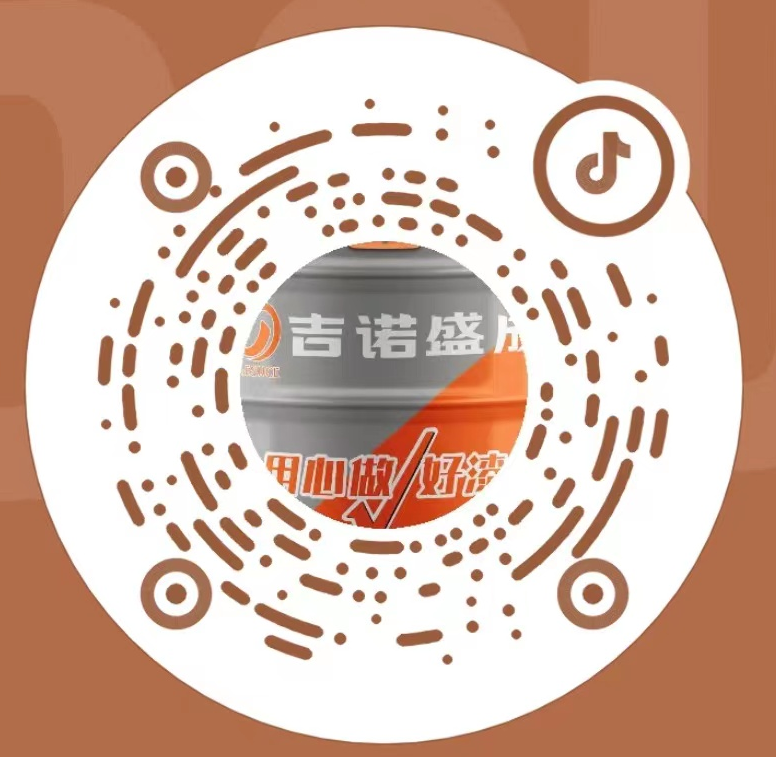Abstract:This article delves into the issue of whitening in polyurethane paint films, aiming to identify its root causes and propose corresponding improvement strategies. We recognize that whitening is often caused by a combination of factors, including environmental conditions, substrate moisture content, excessive filler in the primer, and the presence of low-melting-point components in the resin. To effectively address this issue, we propose a series of practical preventive measures, such as improving the application environment, controlling substrate moisture content, adjusting primer filler content, and strictly monitoring resin quality.
Keywords:Polyurethane paint film; whitening; environmental factors; substrate moisture content; primer filler; resin quality
Introduction
Polyurethane paint films are widely used in furniture manufacturing, architectural decoration, and other fields due to their excellent performance and durability. However, the issue of whitening in polyurethane paint films often troubles users in practical applications. Effectively addressing this problem has become an important challenge in the coatings industry.
Main Text
1. Analysis of the Causes of Whitening in Polyurethane Paint Films
In-depth research reveals that the whitening of polyurethane paint films is primarily caused by the following factors:
High Humidity and Temperature in the Application Environment◦ When the relative humidity exceeds 80%, especially during humid weather conditions, the likelihood of whitening in polyurethane paint films significantly increases.
Rapid Drying of the Paint Film and Low Boiling Point of the Thinner◦ If the thinner evaporates too quickly, moisture in the air can condense on the surface of the polyurethane paint film, leading to incompatibility and resulting in whitening.
High Moisture Content in the Substrate (Exceeding 14%)◦ After the polyurethane paint film forms, moisture in the substrate may gradually seep out, forming tiny liquid pockets within the film or between the film and the substrate, causing whitening.
Excessive Filler in the Primer or Overly Thick Application.Too much filler in the primer can result in insufficient film-forming material, leaving the filler inadequately encapsulated and causing it to separate, leading to whitening. Additionally, applying the coating too thickly in one layer can cause uneven solvent evaporation between the inner and outer layers, affecting the transparency of the film and resulting in whitening
2. Preventive Measures for Whitening in Polyurethane Paint Films
To address the aforementioned causes, we propose the following preventive measures:
Improve the Application Environment.Use dehumidifiers and cooling systems indoors to reduce air humidity and enhance the dehydration efficiency of compressed air.
Control Substrate Moisture Content.Before application, strictly control the moisture content of solid wood and artificial board substrates, ensuring it remains between 8% and 12%. For substrates that have undergone processes such as paper or veneer application or splicing, wait at least 24 hours before painting. After water-based sanding, wait at least 12 hours before proceeding.
Adjust Primer Filler Content.When selecting primers, choose products with moderate filler content that are suitable for thin, multiple coats, avoiding overly thick application in a single layer.
Strictly Control Resin Quality. During raw material procurement, coating manufacturers must strengthen quality control of resins to ensure they do not contain low-melting-point components.
Conclusion
In summary, the whitening of Polyurethane Paint films is caused by a combination of various factors. To effectively address this issue, we have proposed a series of practical preventive measures, including improving the application environment, controlling substrate moisture content, adjusting primer filler content, and strictly monitoring resin quality. We hope this article provides valuable insights for coating manufacturers, furniture producers, and decoration companies, contributing to the advancement and progress of polyurethane paint film technology!



